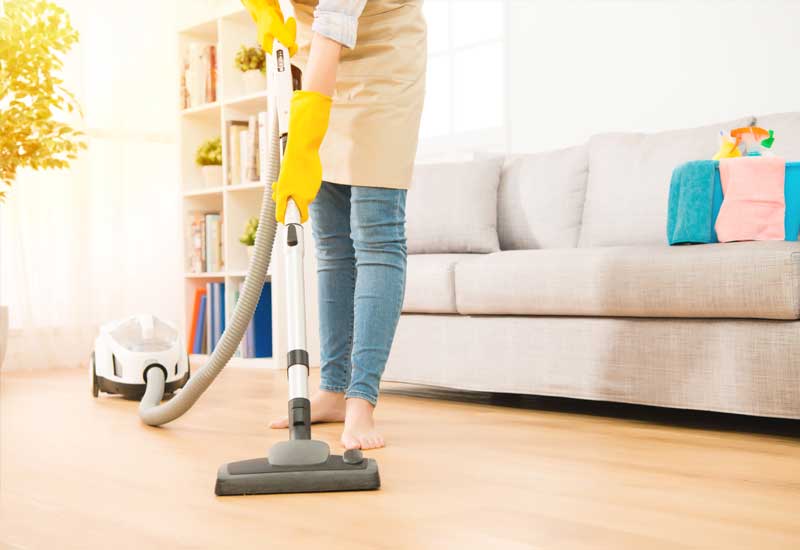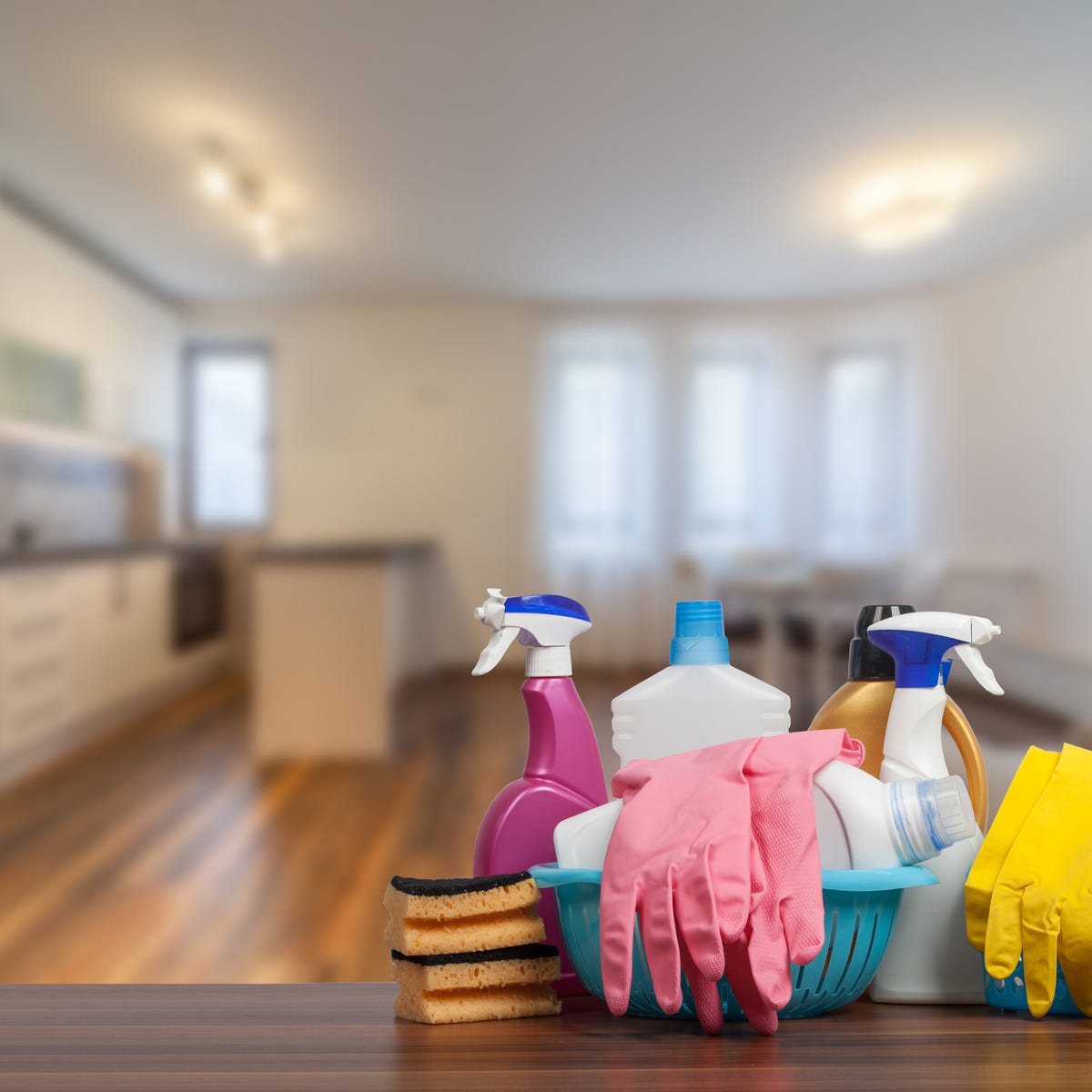Accomplish a Cleaner Home with These Everyday Cleaning Tips: Defrosted and Cleaned Every Few Months and Even more
Recognizing the Need for Completely Disinfecting and Sterilizing Frequently Touched Surfaces in High-Traffic Locations
In the world of public health and wellness and safety and security, the precise sanitation and sanitization of regularly touched surface areas in high-traffic locations stand as extremely important actions in preventing the spread of harmful microorganisms. The value of this method extends much past mere tidiness, diving into the realm of disease avoidance and area well-being. By exploring the different elements of surface disinfection, from the dangers connected with neglecting cleaning procedures to the reliable approaches that can be employed, a clearer understanding emerges of the crucial duty these techniques play in safeguarding public health and wellness. As we navigate this conversation, it comes to be evident that the ramifications of detailed surface area sanitation resound not just within the confines of a specific environment but also resonate on a broader scale, impacting the health and wellness and security of individuals across diverse communal settings.
Relevance of Surface Area Disinfection
Stressing the thorough sanitation of high-traffic surfaces is crucial in maintaining a hygienic setting and stopping the spread of damaging virus. High-touch surfaces such as door handles, light buttons, elevator switches, and counter tops work as reproducing grounds for infections and bacteria. Normal sanitation of these surface areas is critical to decrease the danger of contamination and transmission of ailments.
By carrying out a robust disinfection method, services and institutions can produce a more secure environment for staff members, customers, and site visitors. Appropriate surface area sanitation not only reduces the spread of transmittable diseases but likewise infuses confidence in the sanitation and safety of the premises. This positive technique shows a dedication to health and wellness, which is especially crucial in high-traffic locations where the chance of exposure to pathogens is heightened.
Furthermore, surface area sanitation plays a critical role in overall infection control techniques. Integrated with hand hygiene methods, using masks, and preserving physical distancing, complete sanitation of high-touch surface areas creates a thorough protection versus the transmission of unsafe microbes. Focusing on surface area disinfection is a necessary element of an alternative technique to health and wellness and security in shared rooms.
Risks of Overlooking Cleaning Practices
Disregarding thorough disinfection of high-traffic surface areas significantly heightens the risk of viral and bacterial contamination, posturing a significant hazard to the wellness and security of individuals often visiting these areas. Failure to implement proper cleansing methods can lead to the buildup and spread of unsafe microorganisms, including microorganisms and infections, on often touched surfaces such as doorknobs, hand rails, elevator switches, and kitchen counters.

Additionally, disregarding the relevance of complete cleaning not just jeopardizes the well-being of people yet likewise undermines efforts to maintain a clean and sanitary environment. It is vital to identify the importance of proper disinfection methods in stopping the spread of infections and safeguarding public wellness.
Effective Sanitation Approaches
To maintain optimum cleanliness and decrease the risk of contamination on high-traffic surface areas, utilizing reliable disinfection techniques is essential. Among one of the most efficient and typical sanitation methods is utilizing chemical anti-bacterials. These products can vary in stamina and make-up, with some targeting particular virus like microorganisms or viruses. It is crucial to comply with the maker's guidelines for proper dilution, get in touch with time, and air flow when making use of chemical anti-bacterials to ensure their effectiveness - Clear Out Any Clutter.
Another effective method is the use of UV-C light. UV-C light has been shown to be effective in killing a wide array of microorganisms by interrupting their DNA structure, therefore avoiding them from duplicating. Nevertheless, it is vital to utilize UV-C light appropriately, making certain that the proper strength and exposure time are put on achieve the wanted sanitation outcomes.
Additionally, using heavy steam cleaning as a sanitation method can be very effective, specifically on surfaces that are heat-resistant. Vapor can permeate permeable surfaces and eliminate bacteria, infections, and other microorganisms effectively. When making use of steam cleansing, it is necessary to make certain that the surface gets to the called for temperature for an enough amount of time to ensure proper disinfection.
Effect On Public Health
The upkeep of high standards of tidiness and sanitation on high-traffic surface areas plays an essential function in safeguarding public health and wellness. Regularly touched surface areas in areas with high step, such as doorknobs, hand rails, elevator buttons, and washroom facilities, offer as breeding grounds for unsafe pathogens. Stopping working to appropriately disinfect these surfaces can cause the quick spread of infectious diseases within neighborhoods. By carrying out thorough disinfection procedures, the risk of transmission of viruses, germs, and various other bacteria can be considerably decreased.
In high-traffic areas like airport terminals, colleges, hospitals, and public transport systems, the effect of rigorous sanitation steps can not be understated. Focusing on the sanitization of frequently touched surface areas is a positive method to advertising public health and wellness and enhancing the security of individuals in common spaces.
Carrying Out Regular Cleansing Protocols
Without delay instituting and sticking to a consistent schedule of cleaning methods is extremely important for maintaining the tidiness and safety and security of high-traffic surface areas. Routine cleaning procedures are essential in protecting against the buildup of bacteria and virus on often touched surface areas, especially in areas with high foot website traffic. By executing a methodical approach to cleaning, companies can properly decrease the danger of condition transmission and create a healthier atmosphere for staff members, customers, and the public.
To establish an efficient cleansing schedule, it is essential to determine high-traffic locations that call for frequent attention. These areas may consist of doorknobs, hand rails, lift switches, restroom facilities, and shared devices. Carrying out a regular cleansing routine that targets these surfaces several times a day can dramatically recommended you read reduce the spread of hazardous germs and infections.
Additionally, making use of ideal cleansing representatives and anti-bacterials is key to ensuring that surfaces are thoroughly sterilized. Normal training of cleansing personnel on appropriate cleansing methods and the value of adherence to the cleaning routine is also important in maintaining a hygienic setting. By focusing on regular cleansing procedures, organizations can promote the health and wellness and health of people that you can try this out communicate with these high-traffic surface areas.

Final Thought
In conclusion, it is crucial to focus on detailed sanitation and sanitization of often touched surfaces in high-traffic areas to protect against the spread of unsafe microorganisms and preserve public health. It is imperative to identify the relevance of maintaining tidy surface areas in high-traffic locations to guarantee the health of the neighborhood.
In the realm of public wellness and security, the meticulous sanitation and sanitization of often touched surface areas in high-traffic locations stand as paramount actions in stopping the spread of hazardous pathogens. By exploring the numerous aspects of surface area disinfection, from the threats connected with disregarding cleaning methods to the efficient approaches that can be employed, a more clear understanding emerges of the important duty these methods play in guarding public health and wellness.In addition, employing vapor cleaning as a disinfection approach can be highly efficient, specifically on surface areas that are heat-resistant. When using heavy steam cleansing, it is important to make sure that the surface area reaches the needed temperature level for a sufficient amount of time to ensure correct disinfection.
In final thought, it is vital to prioritize extensive sanitation and sanitization of check out here regularly touched surfaces in high-traffic areas to avoid the spread of unsafe pathogens and maintain public health and wellness.